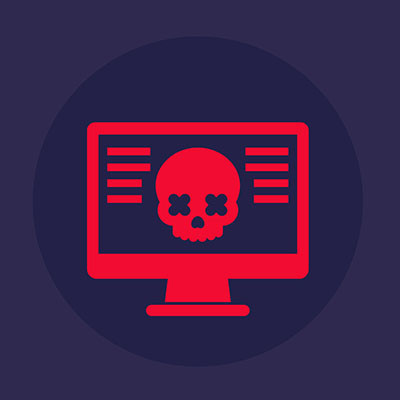When Microsoft released Windows 10, it was with massive fanfare because the previous version, Windows 8.1, was a reworked version that was initially designed to be a universal version for mobile devices, tablets, and PCs. It has been 10 years, and now Microsoft is set to retire the popular operating system this October 14th. This month, we wanted to discuss your options moving forward.
Computerware Blog
Last month, we wrote about how Windows is not the only operating system out there and that new users may be coming to the OS for the first time. We want to continue this discussion by sharing how to navigate the many features of Windows 11, including one of the more useful ones: the Start menu. You’ll find the other articles in this series by checking the “Learning Windows” tag here on our blog.
Windows might be the standard for business, but that’s because it was the original standard. These days, children grow up with Chromebooks in schools while using Mac and Apple products for their personal devices. It might not be safe any longer to assume that today’s workers know what they’re doing with the Windows operating system, especially as a younger generation grows up and enters the workforce.
Technology can do some incredible things, but there’s a reason why basic tools still remain popular even to this day. It’s because they cracked the code for productivity, and they are so easy that anyone can use them. For example, there’s the Cut, Copy, and Paste commands that can be used in literally any application out there.
Later this year, Windows 10 will no longer be supported—October 15, if you want to be exact. Are you taking steps to ensure you’re upgrading away from Windows 10? If not, you might want to get on that… and consider upgrading away from Office, while you’re at it, since Microsoft is pulling support for that around the same time, too.
If the fact that you can enable Windows to save a list of your most often-used lines of text is news to you, I offer you my sympathies. You’ve missed a lot of potential productivity in the years since Microsoft added clipboard history functionality.
Let’s talk about how you can take advantage of clipboard history, starting with how to enable it.
Most computers these days will come with their fair share of bloatware, i.e. unwanted software that comes preinstalled on the operating system by the developers. While the developers do tend to get paid for including bloatware with their operating systems, there is often no need for it, leading users to question why it’s there and what to do about it.
Sometimes security breaches and hacking attacks come from the most unlikely of sources, even going so far as to utilize trusted applications to infect an endpoint or network. This is the case with a new phishing attack which uses the Calculator application that comes built-in with Windows in a very creative way. This is just one example of how hackers have been forced to innovate to combat the increasingly secure systems which businesses and users rely on today, and it should be a testament as to why you can never be too careful.
Windows 10 has seen a slow growth in its market share since it first appeared in July 2015, still rising throughout 2020 to now. As of this October, the operating system had finally reached a 72.2 percent market share. Let’s discuss why this benchmark matters, and why you need to update any devices in your organization to bring that share up even more.
Network security is paramount to a business’ success with the number of security incidents and data breaches that could potentially upend it. While this sounds like a task of marginally epic proportions, managing your security can be greatly simplified via a few basic activities. Let’s go over four such security-boosting actions that you should direct your attention to.
So many organizations continue to use a decade-old operating system, and they really, really shouldn’t.
Here’s the thing: Windows 7 is dead and gone… and yet, as of July, it still had a market share of about 23 percent, making it the second-most-popular operating system. Here, we’ll be going over just why it is—if your company is still using Windows 7—that you need to update to Windows 10 immediately (if not sooner).
The Windows operating system has quite a few shortcuts baked in, each offering a user quicker access to the utility they are seeking out. It may sound crazy, but using these keyboard shortcuts can actually eliminate the eight days the average employee accumulates every year by just moving their hand from their keyboard to their mouse.
You’ve been told that it’s a best practice to ensure that you never leave your workstation without locking it first. Yet, if you’re only stepping away for a few minutes, it might be tempting to just allow it to remain unlocked. But what happens when you step away for longer than expected? You leave your computer exposed to all manners of threats. Thankfully, a new solution allows for a fix with a device that most are never without: the smartphone.
Encryption is one of the most effective ways to secure a file, and even the average user can take full advantage of it on their Windows PC. In essence, you can arrange for your files to appear as random numbers, letters, and special characters in the event that an unauthorized user accesses them.You might be surprised to learn that even your Windows PC has encryption options so that you can protect your sensitive information if so desired.




















